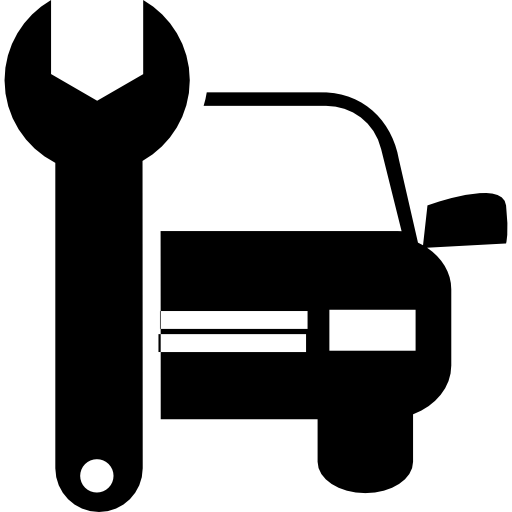Your vehicle’s engine operates within a specific temperature range to ensure optimal performance and efficiency. The cooling system, which includes a radiator and a coolant reservoir, plays a crucial role in maintaining this temperature.
However, encountering a situation where coolant is boiling in the reservoir can be concerning. In this article, we will explore the causes, symptoms, and solutions to address the issue of coolant boiling in the reservoir.
Table of Contents
Understanding the Cooling System

Before delving into the issue of boiling coolant, it’s essential to understand how the cooling system works.
We will provide an overview of the cooling system’s components, including the radiator, water pump, thermostat, and coolant reservoir. This foundational knowledge will help us grasp the mechanics behind the problem.
1. Radiator
The radiator is at the heart of the cooling system. It is a heat exchanger that dissipates heat from the engine coolant.
As the heated coolant flows through the radiator’s tubes, it releases heat to the surrounding air, thus cooling down before returning to the engine.
2. Water Pump
The water pump plays a pivotal role in circulating the coolant through the engine and the radiator.
It’s driven by a belt connected to the engine’s crankshaft and ensures a continuous flow of coolant to regulate temperature.
3. Thermostat
The thermostat acts as a valve that regulates the flow of coolant based on the engine’s temperature.
It remains closed when the engine is cold, allowing it to warm up quickly, and opens as the engine reaches its operating temperature to maintain optimal heat levels.
4. Coolant Reservoir
Also known as the overflow tank or expansion tank, the coolant reservoir serves as a reservoir for excess coolant.
It accommodates the expansion and contraction of coolant due to temperature changes, preventing air from entering the system.
5. Cooling Fans
Electric cooling fans are often used to enhance the airflow across the radiator, especially when the vehicle is stationary or moving at low speeds.
These fans kick in to provide additional cooling when the natural airflow is insufficient.
6. Radiator Cap
The radiator cap is designed to maintain the proper pressure within the cooling system. It allows coolant to flow from the reservoir to the radiator and prevents air from entering the system.
This pressure helps raise the boiling point of the coolant, preventing it from boiling too soon.
Causes of Coolant Boiling in the Reservoir

Overheating Engine
One of the primary reasons for coolant boiling in the reservoir is an overheating engine.
There are various factors that can lead to engine overheating, such as a malfunctioning thermostat, a failing water pump, or a blocked radiator.
Low Coolant Level
Insufficient coolant levels can also contribute to coolant boiling in the reservoir.
Radiator Cap Issues
A malfunctioning radiator cap can disrupt the pressure balance within the cooling system.
Cooling System Leaks
Leaks within the cooling system can lead to a loss of coolant, which in turn affects the system’s ability to regulate temperature.
Symptoms of Coolant Boiling in the Reservoir
1. Steam and Vapor
Steam or vapor escaping from the coolant reservoir is a clear indication of boiling coolant.\
2. Temperature Gauge Fluctuations
An erratic temperature gauge is another sign that coolant might be boiling.
3. Warning Lights
Modern vehicles are equipped with warning lights that indicate engine issues.
Warning lights, such as the “Check Engine” light or the temperature warning light, can signal the problem of coolant boiling.
Resolving the Issue

1. Immediate Steps
If you encounter the issue of coolant boiling in the reservoir, there are immediate steps you can take to prevent further damage like turning off the engine, allowing it to cool down, and checking coolant levels.
2. Diagnosis and Repair
Once the engine has cooled down, it’s crucial to diagnose the underlying issue.
Use pressure tests, visual inspections, and diagnostic tools to identify the root cause of the coolant boiling.
3. Repairs and Maintenance
Depending on the diagnosis, repairs might include replacing a malfunctioning thermostat, repairing leaks, or addressing radiator cap issues.
Emphasize the importance of regular maintenance to prevent future occurrences of coolant boiling.
Conclusion
Coolant boiling in the reservoir is a concerning issue that requires prompt attention. By understanding the causes, recognizing the symptoms, and taking appropriate actions, you can safeguard your vehicle’s engine from potential damage.
Regular maintenance and proactive measures will ensure that your cooling system operates effectively, allowing you to enjoy smooth and worry-free drives.







